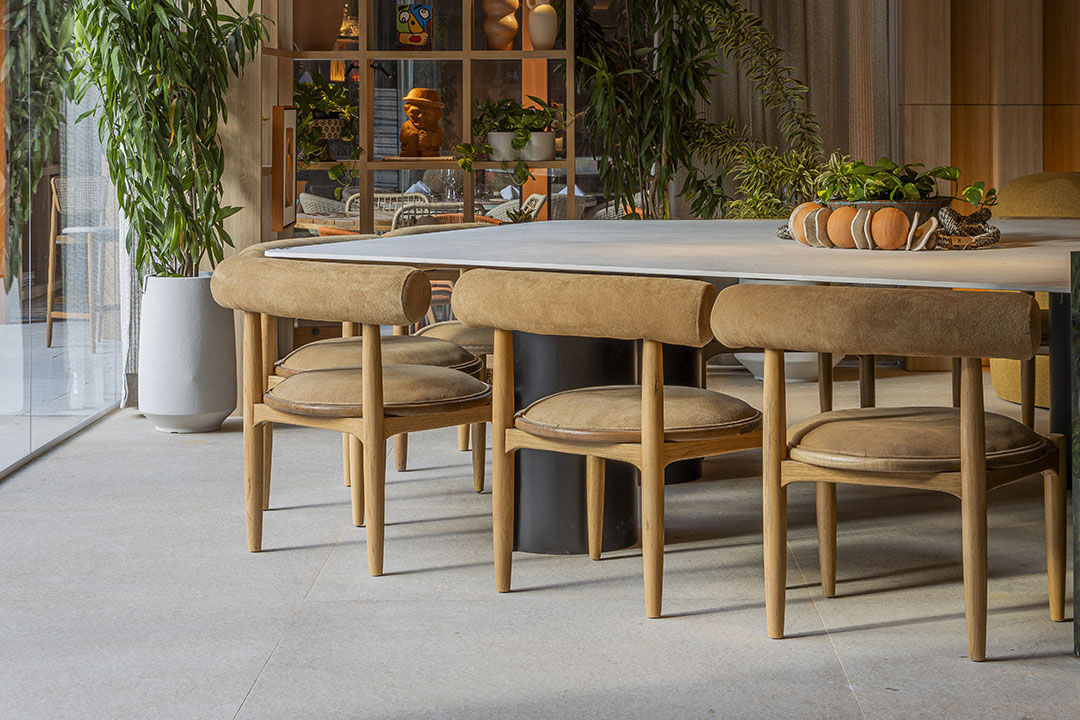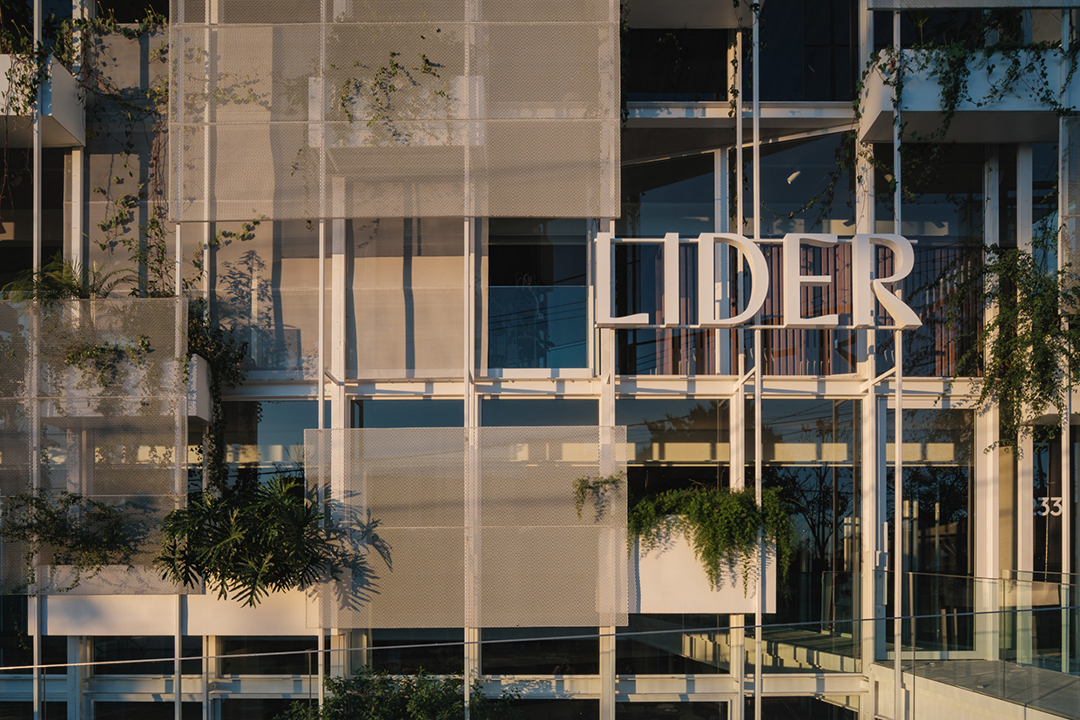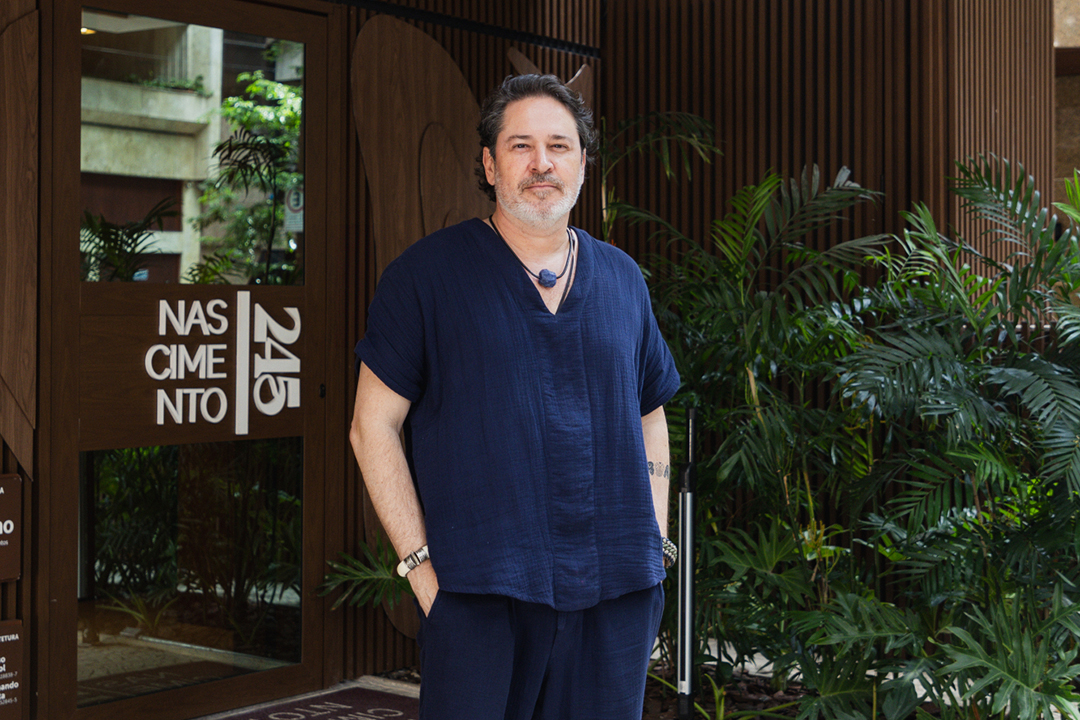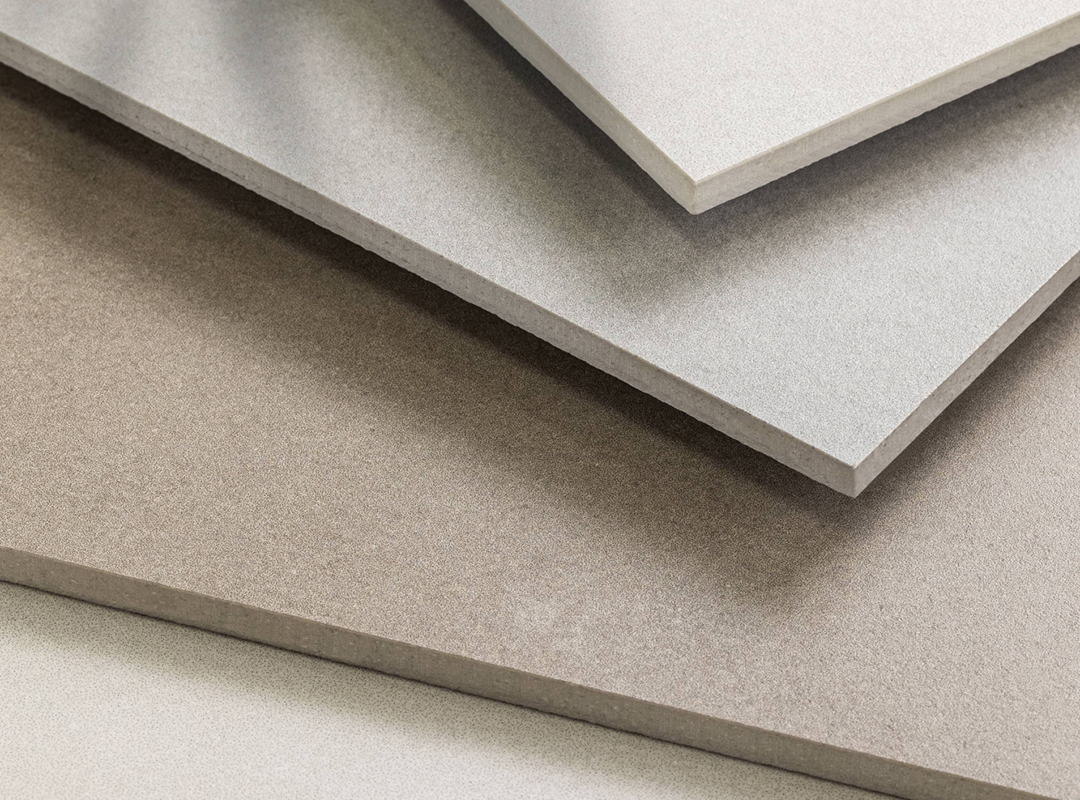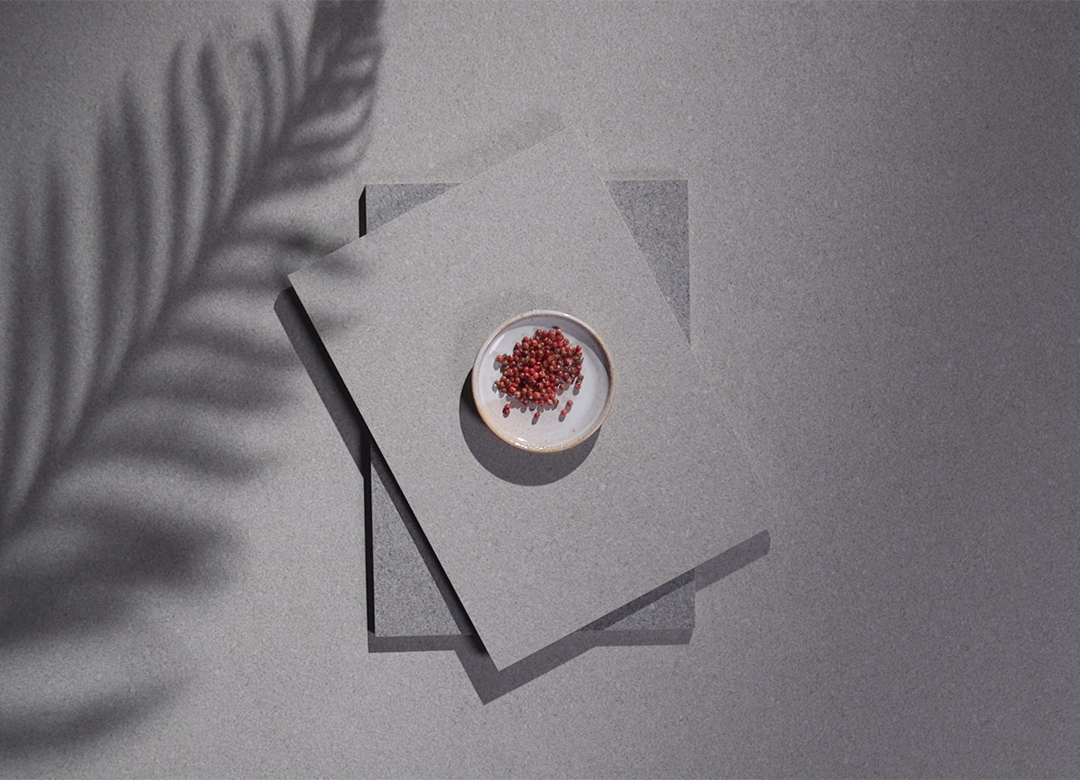
Sensoriality: The future of spaces in architecture
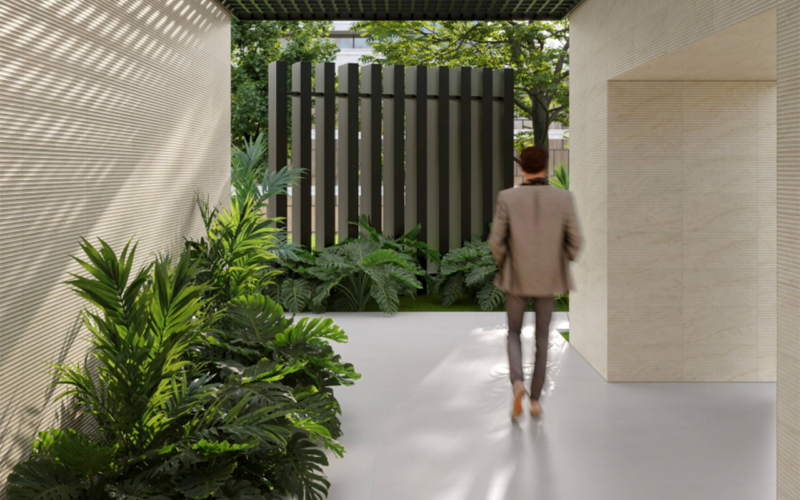
When building or decorating, Every detail is thought to arouse emotions and wrap the senses. It's not just about erecting walls or choosing furniture; It's about creating experiences. Besides that, with the increasing valorization of sensoryity, Interior design has evolved to integrate vision and touch in an innovative way, making spaces more engaging and interactive. The soft touch of a surface, The depth of a texture or the way light reveals subtle details - each element contributes to a richer and more memorable experience.
Vision: Lighting as an emotional guide
Vision is one of the most stimulated senses in architectural design. Through strategic lighting, It is possible to transform space perceptions, expanding environments or creating welcoming atmospheres. Well -positioned lights enhance textures and colors, bringing a new dimension to the materials. Thus, In the Itá Thomé series, co -creation with Cité Arquitetura, art and architecture meet, providing a subtle and impactful visual effect.
This: Textures that speak through 3D Sense technology
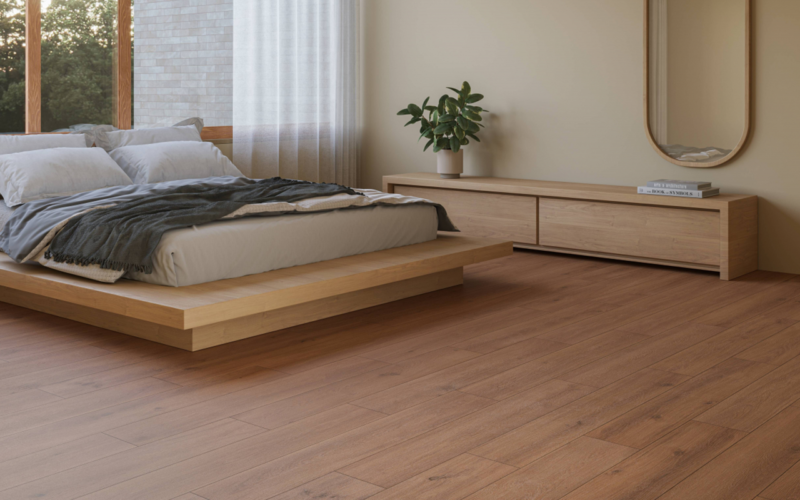
Product: Salana Mustari Ac 3D 19,7x120cm
The tact, often underestimated, plays an essential role in the way we perceive the spaces. Therefore, with Eliane's 3D Sense technology, The tactile sensation comes to life, creating reliefs that transform surfaces into true sensory experiences. Thus, series like Sensi, Cais and Savona bring textures that invite to touch, varying between soft and striking surfaces. In living areas, Materials with differentiated tactile finishing provide comfort and reception, reinforcing the emotional connection with the environment.
Sensority in the architectural space
The application of these sensory concepts can be seen in various types of environments:
- Commercial spaces: Showrooms and stores can combine different lighting and textures to highlight products and create an engaging shopping experience.
- Residences: At home, The balance between light and tactile surfaces defines the tone of each room, transmitting serenity in the rooms and dynamism in social areas.
- Outdoors: The interaction between natural light and textured materials on the floor or decoration transforms the outdoor experience, bringing more comfort and authenticity.
Lastly, the union between the look and the touch redefines the aesthetics of the spaces, strengthening the relationship between people and environments. With innovations like 3D Sense technology, Sensory architecture continues to expand possibilities, offering unique and deeply connected experiences with the senses.





